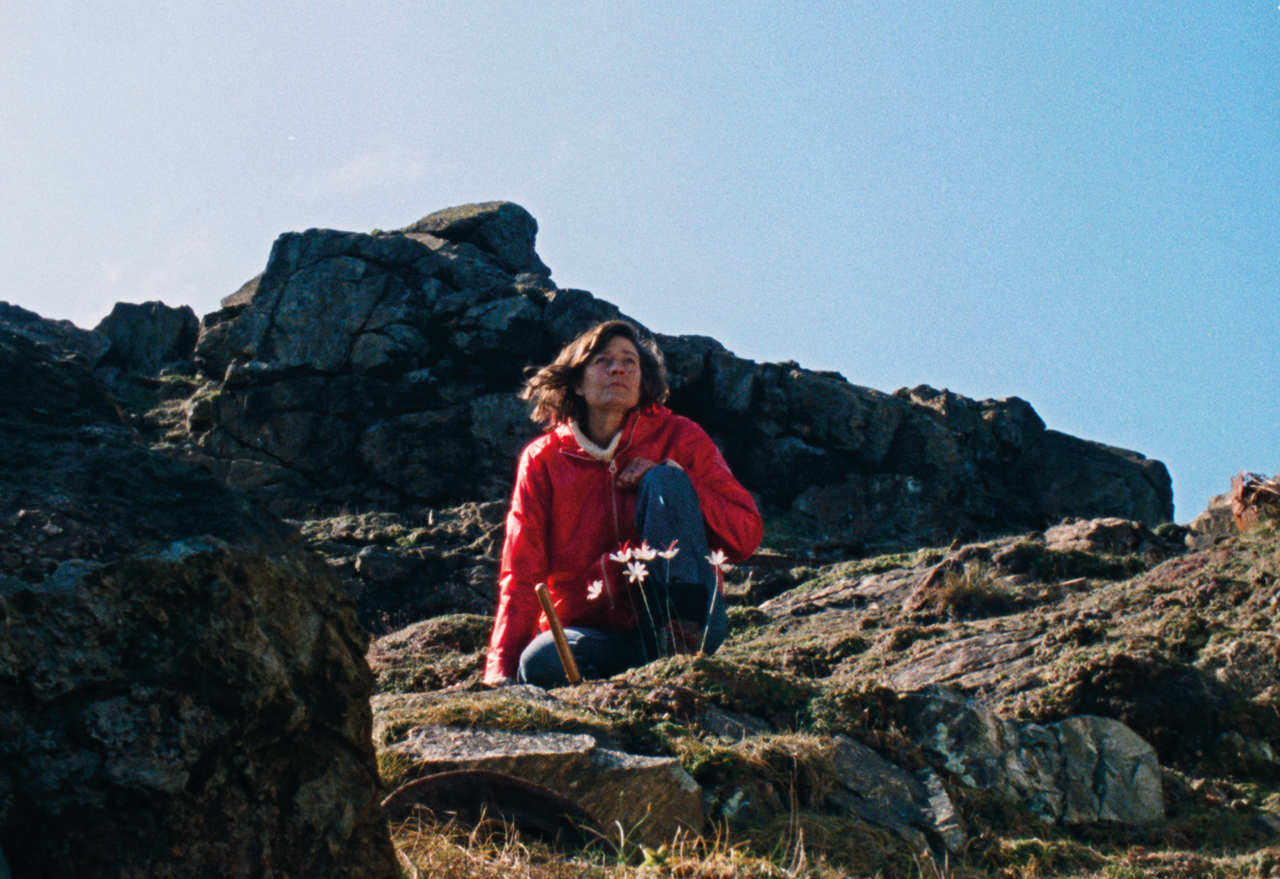Film review: Enys Men
Mark Jenkin's latest film would be as much at home in an art gallery as it would in a cinema
Enys Men (from 13 January, Home, Manchester and other venues) is the latest film from writer director Mark Jenkin, creator of the critically acclaimed film Bait about the struggles of a Cornish fisherman. For this venture, Jenkin returns to Cornwall but this time to a remote, desolate island and back in time to the early 1970s.
Mary Woodvine, who also starred in Bait, plays The Volunteer. Day after day, she leaves a lonely cottage on the island to take soil temperatures and observe a rare flower on the clifftops. We see her daily routine in detail, taking her measurements, dropping a stone down an abandoned mine shaft, starting up the generator back at the cottage, recording her findings in a notebook, making a pot of tea. But all the while there’s a sense that something isn’t quite right. The woman is haunted by visions both from her own past and the island’s past. An ominous standing stone on the moorland in front of the cottage seems to be a focal point for the weirdness and as the days drag on, the visions become more nightmarish and force the lonely volunteer, and the viewer, to question what is real and what is imagined.
Shot on grainy colour 16mm film, like Bait, this is a film that plays with filmmaking itself. It looks and at times feels like a 1970s horror tale, steeped in folklore and replete with sudden close-ups, weird flashes of disturbing imagery and all set to an unnerving soundtrack. But though indeed described as a folk horror, Enys Men is barely a movie at all in the traditional sense of the word. It is an intimate study of isolation, grief, and possibly of death itself, and would be as much at home in an art gallery as it would be in the cinema.
Beautiful at times, with keenly observed details, it is also frustratingly obscure and repetitious at times. And while there are clues given as to what is unfolding, such as a discovered part of a shipwrecked boat and a snippet of news heard over a crackling radio, this is the kind of film that one needs to sit back and be unnervingly enveloped within, rather than actively trying to figure out what it all means.

Leave a reply
Your email address will not be published.